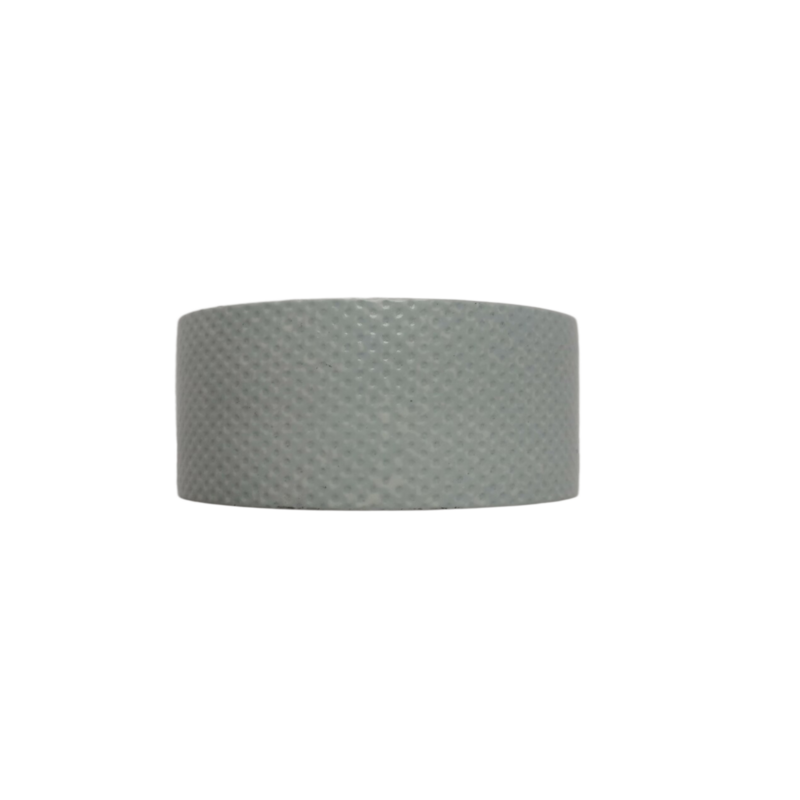The Importance of Automotive Wiring Loom Wrap in Vehicle Maintenance
In the intricate world of automotive design and maintenance, the wiring loom plays a crucial role in the functionality and safety of vehicles. As cars become increasingly complex with advanced electronic systems, ensuring the integrity of wiring looms is more critical than ever. One effective way to protect these vital components is through the use of wiring loom wrap.
Wiring loom wrap, often referred to as wire harness tape or loom tape, is designed to cover and bundle multiple wires. This product serves various functions that contribute to the longevity and reliability of automotive systems. For a start, it provides protection against abrasion and physical damage. Wires can be exposed to a wide range of environments, including extreme temperatures, moisture, and road debris. When they are stripped of protective covering, wires risk fraying and breaking, which could lead to electrical failures or shorts that impair vehicle performance.
The Importance of Automotive Wiring Loom Wrap in Vehicle Maintenance
Additionally, loom wrap acts as an insulator. Many types of wiring loom wrap are made from materials that can resist heat and electrical interference. This is particularly important in high-performance vehicles where wires may be close to high-heat components like the exhaust system. By providing thermal insulation, loom wrap protects wires from heat damage, thus prolonging their lifespan and ensuring optimal performance.
automotive wiring loom wrap

The installation of wiring loom wrap is relatively straightforward, making it a popular choice among both DIY enthusiasts and professional mechanics. Available in various sizes and materials, including fabric, polyethylene, and silicone, users can select the appropriate type based on their specific application. The versatility of loom wrap makes it an invaluable resource in automotive maintenance.
When installing wiring loom wrap, it is essential to ensure that the surface of the wires is clean and free of debris. Proper installation helps secure the wires while preventing any chance of wear and tear. In addition, using heat-shrink tubing at the ends of the wrapped loom can offer an extra layer of protection, sealing the wrap and enhancing its durability.
Regular inspections of wiring looms should be part of any vehicle maintenance regimen. Mechanics and car owners should look for signs of wear, such as frayed wires or worn-out wrap, and replace them when necessary to avoid more significant issues down the road.
In conclusion, automotive wiring loom wrap is a small but vital component in the overall maintenance and performance of vehicles. By protecting, organizing, and insulating wiring harnesses, loom wrap not only prevents potential electrical issues but also contributes to the longevity of the vehicle's systems. Whether you're a professional mechanic or a car enthusiast, investing time and resources into proper wire management with loom wrap can pay significant dividends in ensuring the reliability and safety of automotive systems.
-
XIANGFAN Rubber Tape-Ultimate Solutions for All Your Insulation NeedsNewsJun.24,2025
-
XIANGFAN Rubber Tape-Protection for Industrial and Residential ApplicationsNewsJun.24,2025
-
XIANGFAN Rubber Tape: Superior Safety and Sealing for Demanding EnvironmentsNewsJun.24,2025
-
XIANGFAN Rubber Tape: Reliable Solutions for Every Electrical ChallengeNewsJun.24,2025
-
XIANGFAN Electrical & Industrial Tape: Powering Reliability Across IndustriesNewsJun.24,2025
-
XIANGFAN Electrical & Industrial Tape: Excellence in Every ApplicationNewsJun.24,2025
